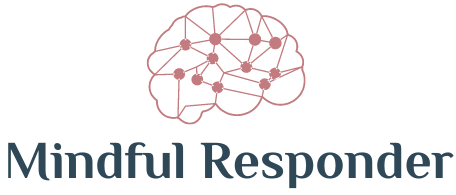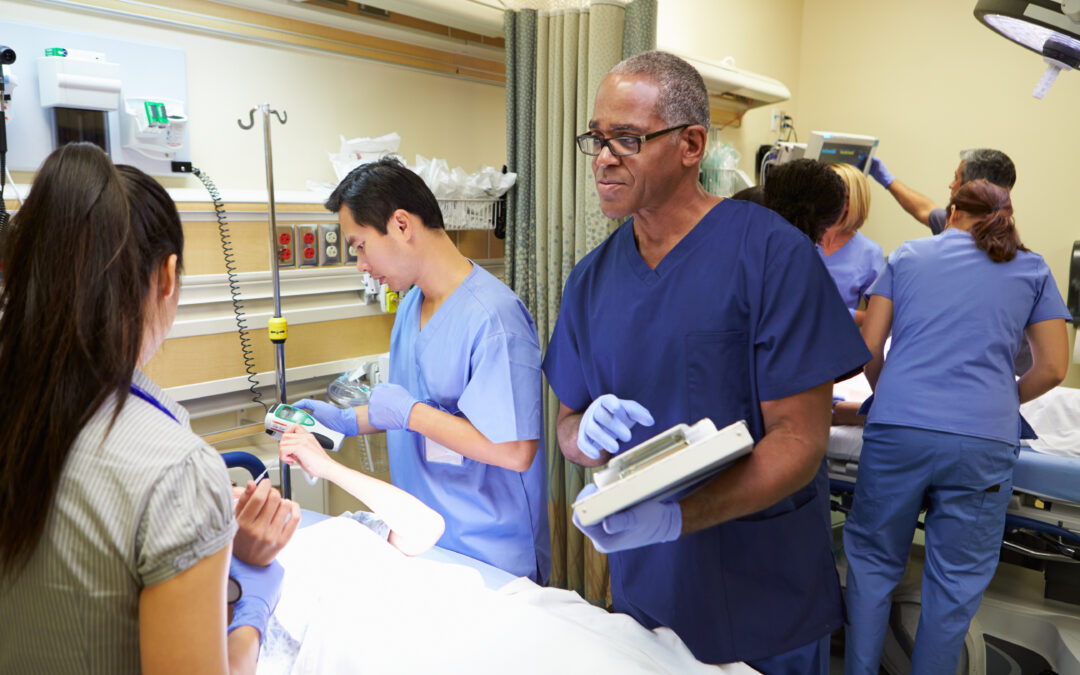The study of situational awareness began in aviation and spread quickly to other fields, including public safety. It’s common nowadays to hear law enforcement, EMS, fire-rescue, and 911 personnel, as well as the vendors that serve them, talk about enhancing situational awareness–usually by providing data or insight in the field.
But what is meant by this term? According to Mica Endsley (1988), “Situational awareness is the perception of the elements in the environment within a volume of time and space, the comprehension of their meaning and a projection of their status in the near future.” In other words, it’s awareness of stuff going on in your vicinity that might affect you. Part of this awareness of “stuff going on in your vicinity” would also include your own state, e.g., “How am I doing?”
This is where mindfulness becomes pertinent.
Awareness and Meditation
The challenge for awareness of this sort–what we can call mindfulness or nonjudgemental awareness–is striking a balance in weighting perceptions of outside forces vs. inner forces. We are looking, in a sense, to find equilibrium. Too much inward attention can lead to self-consciousness or arrogance. Too little and you might be left to project your subconscious state onto the world around you, lacking what we sometimes call emotional intelligence. I have found meditation helpful in striking this balance (and even transcending this distinction).
But what do I mean by “meditation”? According to the popular mindfulness app Headspace, there are at least 16 distinct forms of meditation! The good news is we can ignore most of them. These can be divided in two: focus-based and awareness-based meditation. It is the latter I practice, what is called zazen. I won’t get into it here, but suffice it to say it’s just sitting. Awareness is what we’re after, not focus. We’re not striving after insight or even peace. Quiet, intentional awareness (and good posture) is the name of this game.
As a first responder, just sitting can be a real challenge. You tend to be doers and problem-solvers. Sitting in a quiet room with erect posture runs counter to your instincts. However, life, as they say, comes at us quickly. Sooner or later we all need to be still and face silence, whether we want to or not. But with practice, I have found we can create greater acceptance, as well as awareness–what you might call situational awareness. In fact, when Harvard professor of psychology Ellen Langer was working with the Federal Aviation Authority on teaching mindfulness to pilots, they changed the term from “mindfulness” to “situational awareness” because they felt it would better resonate with that audience.
The Body at Work and at Rest
Mindfulness is taught routinely to the greatest living athletes too. Whether it’s the tattered copies of W. Timothy Gallwey’s classic Inner Game of Tennis floating around the NFL or George Mumford being called in to instruct championship-material NBA franchises, this is now routine. To paraphrase: great athletes learn to be self-aware without being self-conscious. They play at once the field, the clock, their opponents, and themselves. Miss a shot? No problem. Focus on what’s happening now.
Firefighter fitness expert Aaron Zamzow says first responders are professional athletes. I tend to think he’s right: you need to run, jump, hoist, shoot, carry, swim–whatever the call requires–under difficult and uncertain circumstances. The goal line is often unclear, but the body that makes it work is yours, for the time being, to keep and maintain. And as professional athletes, you too must work on your craft. A mindfulness practice, such as a moment’s quiet sitting, can be the hub of your efforts, synching body and mind, inner and out worlds.

